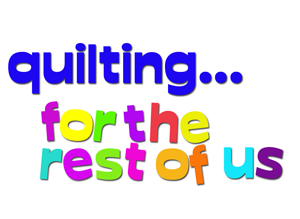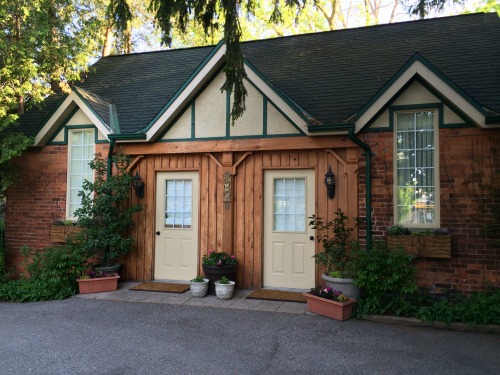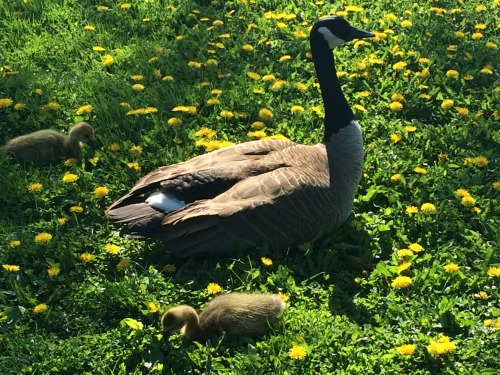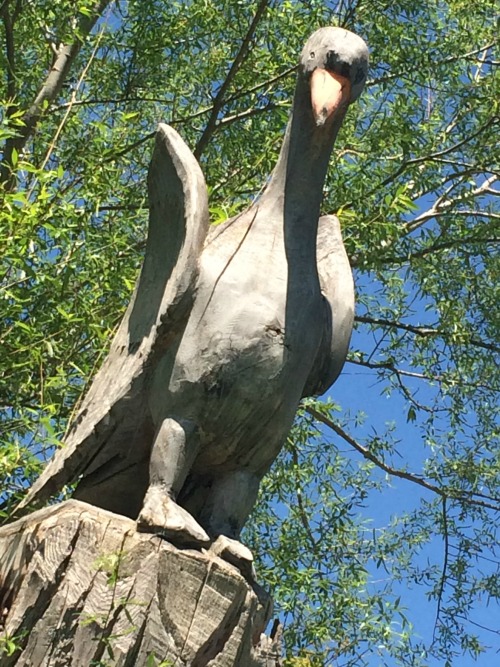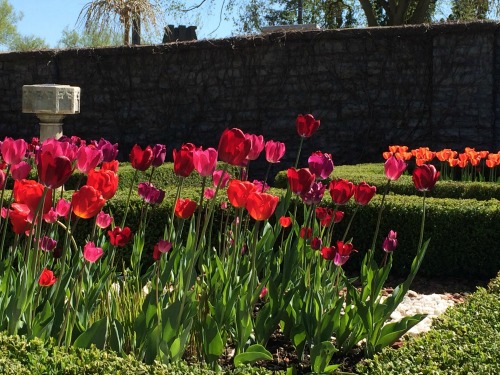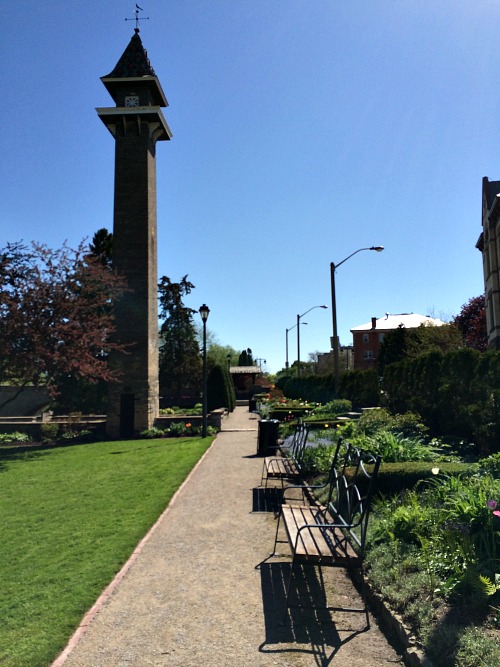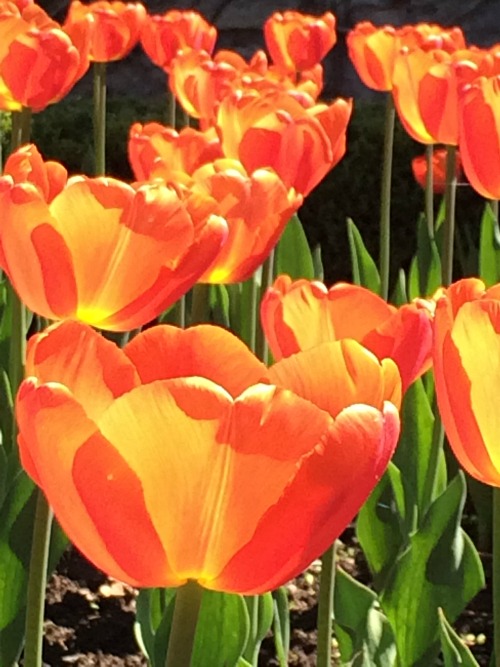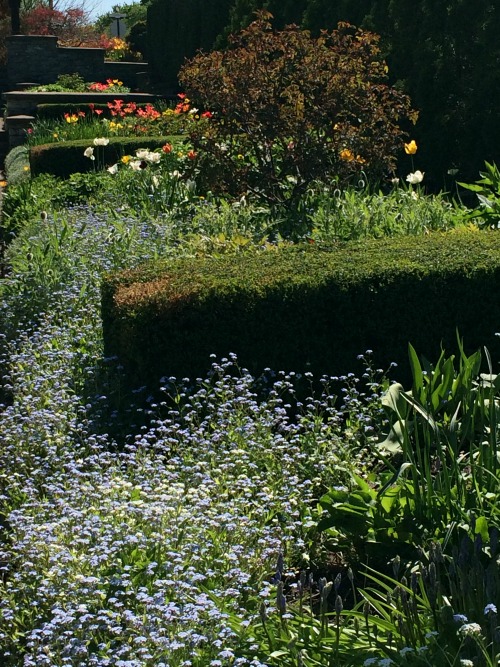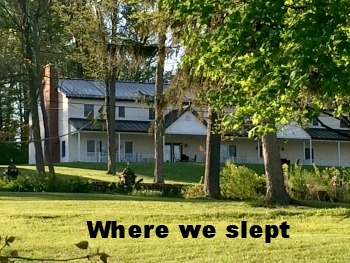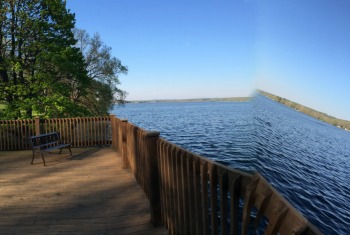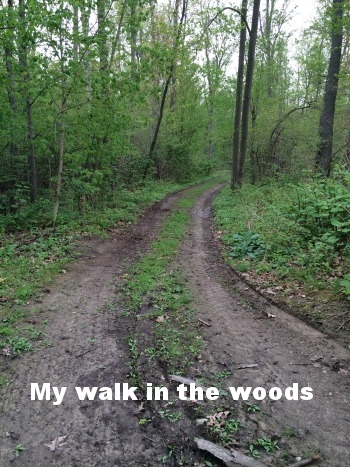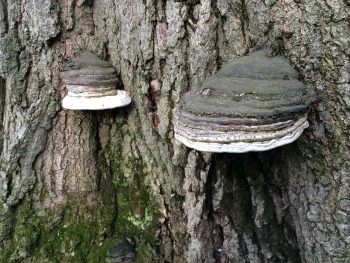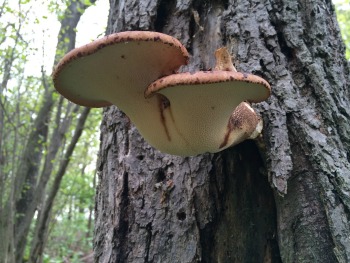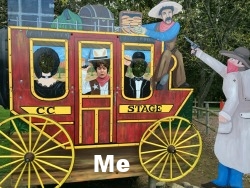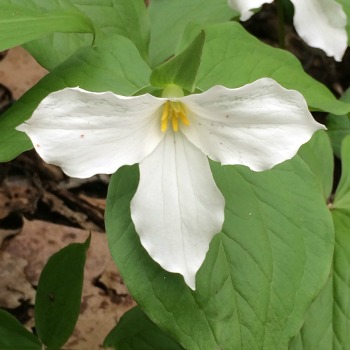Design It, Quilt It with Cindy Needham felt like, as it turned out, the logical next step to the machine quilting classes I've been taking this year. Wendy Butler Berns was very much a "Hey, rank beginners can do this with no sweat!"-type class; Ann Petersen's class took things a step further in terms of complexity, and Cindy Needham ties things up into a neat little bow. To a degree, I feel like I could just take these three classes and move myself light-years further in my machine quilting. That being said, I have a boatload of machine quilting classes left in my queue to work through so we'll see where I'm at next year!
Design It, Quilt It doesn't have a specific class project--it's all about choosing quilt designs, making stencils your own, and all sorts of helpful other things to know as you get further into machine quilting. She does start from the basics so if you've never machine quilted before, I do think you could start with this one. Just know that there may be some easier classes to start with!
In lesson two she describes her method for pin basting, which is pretty similar to mine, but I still picked up some good tips. Even if you are generally happy with your way of doing something there's always value in watching someone else's method--you may see a new tool or tweak to the process that you find helpful. And yes, I bought the basting clamps she mentioned in the materials. I talked about that in a recent podcast episode so I won't go into it here.
Lesson three is all about threads. Given that she's a national teacher for Superior Threads, you would expect that she'd have a lot of really great information here! And, although she does mention some specific Superior Threads and doesn't mention any other threads by name, you don't get the sense that you're just watching a Superior Threads commercial. It's just very helpful, general information that applies across the board. She also has a really helpful demonstration of tension that uses visual aids. If you're still a little confused about thread tension, this is definitely worth your attention!
Lesson four has some really helpful information about how to position your hands and arms (and fingertips) for quilting designs with various levels of detail. Different arm/hand positions allow for different level of detail. That's not something any other machine quilting teachers have dealt with so clearly--I really appreciated her discussion of that and found myself adjusting how I was positioning myself the next time I sat down to machine quilt.
She has a little different approach (more meticulous) to stabilizing than I've seen before, but she has good examples of why she prefers her method. There was some conversation on Twitter amongst several of us who had taken her class about how we felt about her approach. I think we came down on the side of most of us feeling like she was probably right, but most of us were unlikely to take the time to do it!
The remainder of the lessons go through a variety of ways to choose quilting designs, tools to use to create your designs, design principles, and some basic quilt designs themselves. I found that this class had a lot more really useful information about marking than other classes (in a variety of methods using a variety of tools)--most of the other machine quilting classes I've been taking have emphasized non-marking methods. I do like non-marked methods, of course, but every now and then you may want to do something a little more exact or complex that will require a little pre-planning and yes, even marking. I've marked quilts and used stencils in the past but I've always kept it fairly simple--this one gives me a little more confidence to try more complex things in the future.
I found her conversation about design particularly useful. One of my issues has always been trying to decide how to quilt something to the best effect. She walks through four main elements of design in terms of designing your quilting designs; her examples and descriptions really helped me think through some UFOs that are on deck. I'll definitely be going back and reviewing this information each time I pull one off the shelf to quilt.
She does, of course, talk about feathers. What's a quilting class without teaching a way to do feathers? Her method is a hair different in the particulars than Ann Petersen's. I really enjoy seeing how everyone approaches the same thing, so I can pick and choose what would work best for me. She also has some great background "filler" designs--some I've seen before, some I hadn't picked up on. I'll definitely be putting those into play.
And, finally, the last lesson is all about how to make borders fit. Some great information there!
This is a fantastic class to have for reference. I'd especially recommend watching this if you think you might want to use stencils in your quilt design--she's a big fan of stencils (she used to design them herself) and has great ideas for how to use them in creative ways. I'd recently taken all my stencils out of my sewing room and down to the dye studio to use for resists and the like instead--I had so rarely used them in my sewing it didn't seem worth the space. Now I'm thinking I might go rescue some of them and see what I can do!
So, another class highly recommended. Again, if you've never machine quilted before, you could probably still go ahead and start with this one. But I find myself wanting to suggest you start with a different one first and then come to this one when you're ready for more complexity.
To recap: That's Design It, Quilt It, with Cindy Needham--and it's on sale this weekend!
The basics:
- 11 lessons, ranging from 10 minutes to 47 minutes long, most in the 20-30 minute range (you really get a lot of bang for your buck on this one!)
- Lesson 1 is the usual introduction, though it's interesting to hear her backstory
- Lesson 2: Pin Basting (with some information about batting); Lesson 3: Threads & Tension (loved this lesson!); Lesson 4: Techniques & Tools: Lesson 5: Stencils (she talks about stencils throughout, but this one really gets down to nitty gritty); Lesson 6: Medallions; Lesson 7: Design Basics; Lesson 8: The Basic Three (quilt designs that can be modified in a variety of ways); Lesson 9: Feathers; Lesson 10: Backgrounds (fillers--with great examples of the effects of each); Lesson 11: Making Borders Fit.
I took a ton of notes, but my favorite quote from the class was: "If you have an awkward moment, fill it with a distraction." LOL--but it's true! Had occasion to try it on my next project and it worked beautifully!
I highly recommend this class!
(Transparency statement: Clicking on links in this blog helps support this blog and podcast. Thanks!)
